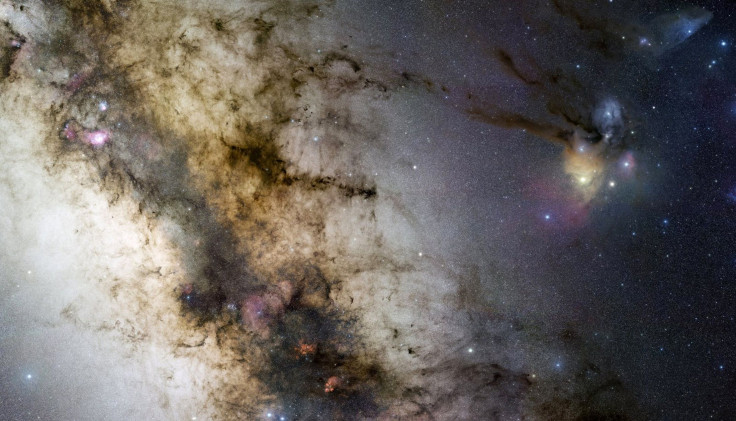Is Interstellar Space Travel Possible? Hibernation Space Pods To Induce Stasis Being Researched By SpaceWorks

A U.S.-based company called SpaceWorks that develops technologies for space exploration is venturing into uncharted territory for scientists. It is attempting to develop hibernation pods or human stasis pods that could enable humans to partake in interstellar space missions.
Such types of hibernation pods have long been a part of popular imagination through cinematic experiences in countless films and anime such as "Interstellar," "Passengers," "Prometheus" and others. However, the company based out of Atlanta, Georgia, is working to turn the science fiction into reality by researching in areas like therapeutic hypothermia, nutrition and intravenous support and metabolic rate, to realize the potential of deep space travel. The company aims to begin testing on animals in 2018, before proceeding to human subjects.
“Our goal is to get from days and weeks to months,” SpaceWorks President John A. Bradford was quoted as saying to Quartz. Bradford added that available medical equipment used to induce therapeutic hypothermia can be adapted and automated for space flights due to its low energy requirements and portable design.
Bradford considers that it is feasible and realistic to imagine a system that can control core body temperature, bring down metabolic rate by 50 to 70 percent, and extend the hibernation period from weeks to months. However, the design of the stasis pods seen in science fiction movies is different from the type that is being imagined by SpaceWorks.
“Personal stasis pods have some advantages. You can control everyone’s ambient temperature individually. They also come in handy in case of breakdown or an emergency like pathogen,” Bradford said, before ruling it out for a shared stasis chamber due to extra costs and weight on the spaceship.
“There would be some robotic arms and monitoring systems taking care of [the passengers]. They’d have small transnasal tubes for the cooling and some warming systems as well, to bring them back from stasis,” he told Quartz.
Therapeutic hypothermia, the principal behind Bradford’s research, is in fact a widely studied medical procedure used in hospitals all around the world to treat conditions such as cardiac arrest or brain injuries. The technique attempts at controlling body temperature for a specific duration and typically involves lowering down body temperature to 1 degree per hour until it is at 32-34 degrees Celsius.
Although usually a patient can be induced into a stasis for two-four days, there have been notable exceptions, such as Mitsutaka Uchikoshi, who is considered to be the first documented case of human hibernation. Uchikoshi suffered an accidental fall on Oct. 7, 2006, that caused him to break his pelvis. He was found unconscious after 24 days, with multiple organ failures, significant blood loss and a barely detectable pulse. But yet, against all odds, without any food or water, Uchikoshi survived, and mesmerized medical practitioners around the world, and also piqued the curiosity of SpaceWorks researchers.
“Leveraging ongoing medical advancements with therapeutic hypothermia to support prolonged hypothermic stasis, combined with metabolic suppression, may provide a number of unique benefits and solve a variety of common engineering and medical challenges for space travel,” the SpaceWorks study concludes. However, as many medical challenges still persist, the technology may escape our lifetime.
“For the near term—the next 20, 30, 40 years—we can work with something like two weeks’ stasis capability,” Bradford reportedly said.
© Copyright IBTimes 2024. All rights reserved.












